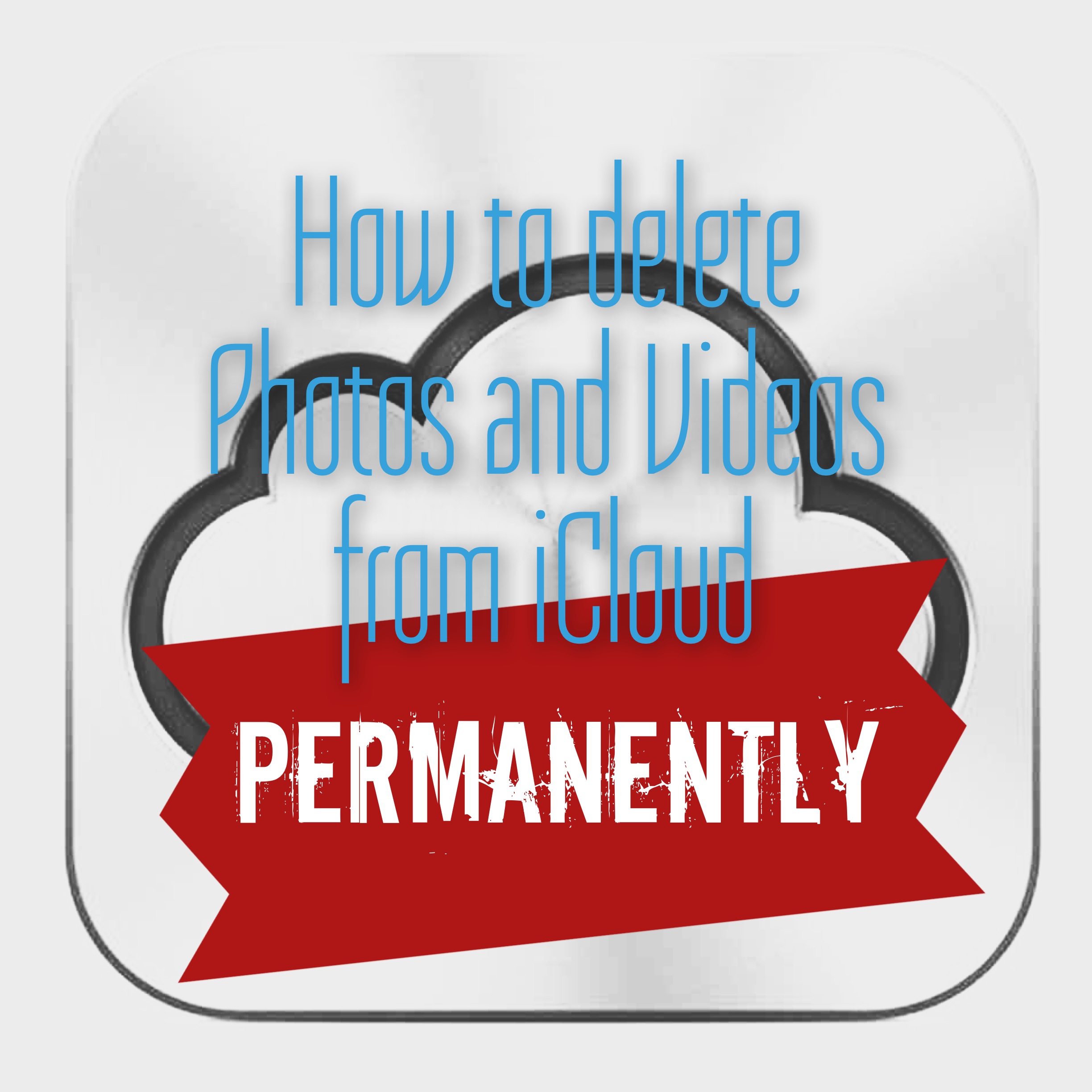Removing Authenticated Cloudflared User Access - A Simple Guide
Have you ever needed to clear out a digital space, perhaps making sure someone no longer has access to a particular system? It's a common need, you know, whether you're tidying up an old account or ensuring security. When it comes to managing who can connect through Cloudflare's tools, sometimes you just need to say goodbye to an authenticated user.
This isn't about deep technical wizardry; it's more about understanding the ways you can make things disappear from your digital setup. Just like tidying up files on your computer, there are different paths to take when you want to remove someone's ability to connect.
We'll explore the general approaches to removing digital entries, drawing parallels to how simple it can be to clear out items from your personal computer. It's almost like learning the various ways to sweep something off your desk, so you can pick the method that feels right for the job.
Table of Contents
- Why Consider Removing an Authenticated Cloudflared User?
- Getting Started - Finding What You Want to Remove
- Different Paths to Digital Disconnection
- Understanding Finality - Temporary Versus Permanent Removal
- Managing Digital Presences - Beyond Just Files
- A Note on Securely Clearing Digital Footprints
Why Consider Removing an Authenticated Cloudflared User?
There are quite a few reasons why you might want to remove an authenticated user from a system. Maybe someone has moved on from a project, or perhaps their role has changed, and they no longer require the same level of access. Keeping your digital spaces tidy and secure is, you know, a pretty good idea. It helps make sure only the right people have the keys to your important information. So, taking steps to clear out old connections is a smart move for digital housekeeping.
Getting Started - Finding What You Want to Remove
Before you can remove something, you first have to find it, right? This is true whether you're trying to get rid of an old document on your computer or an authenticated user's access. The first step typically involves going to the place where all your connections or accounts are listed. You might, for example, look through a main list of applications or users to spot the one you're looking for. It's sort of like looking for a particular book on a shelf; you need to browse until you see the right title.
How Do You Locate an Authenticated Cloudflared User for Removal?
Finding an authenticated Cloudflared user you want to remove usually involves visiting a central management area. Think of it like going to your computer's "installed programs" section, where you can see everything that's been set up. You'll generally open up a management application or a control panel, then look for a list that shows all the active connections or user profiles. From there, you can pick out the specific entry that belongs to the authenticated Cloudflared user you wish to disconnect. It's really just about spotting the right name in the directory.
Different Paths to Digital Disconnection
Just as there are many ways to get rid of a paper document – shredding it, tossing it in the bin, or simply recycling it – there are various methods for removing digital items. Some ways are quicker, while others involve going through more formal settings. Knowing the different options available can help you choose the best approach for the task at hand. It's like having a few tools in your toolbox; you pick the one that fits the job you're doing, you know?
Is There a Quick Way to Remove an Authenticated Cloudflared User?
Sometimes, you just need to get something done fast. For instance, if you're trying to remove an authenticated Cloudflared user, there might be a quick button or a simple keyboard action that does the trick. Think about how you might select something on your computer and just hit a "delete" key. This kind of immediate action is often available for straightforward removals. It's a bit like a shortcut, allowing you to clear an entry with just a couple of taps or clicks, without going through a long menu process.
What About Using System Settings to Remove an Authenticated Cloudflared User?
For a more controlled removal, or if a quick method isn't available, you might need to go through a system's settings or configuration areas. This is similar to going into your computer's main settings to uninstall an application rather than just dragging its icon to the trash. You'd typically open up the main control panel for your Cloudflare setup, then browse through the options until you find the section for managing users or connections. From there, you'd select the specific authenticated Cloudflared user and choose the option to remove their access. It's a more deliberate way to manage things, really.
Understanding Finality - Temporary Versus Permanent Removal
When you remove something digitally, it's worth thinking about whether you want it gone for good or if you just want to put it aside for a while. Some removal actions are like putting something in a recycle bin; it's still there if you change your mind. Other actions are more like shredding a document, making it much harder, if not impossible, to get back. Knowing the difference helps you make the right choice for what you're trying to achieve, you know, especially when it comes to user access.
When Does Removing an Authenticated Cloudflared User Become Permanent?
There are times when removing an authenticated Cloudflared user means they are gone for good, with no easy way to bring them back. This often happens when you're dealing with sensitive information or when you're preparing a system for new ownership. For example, if you're getting rid of an old device, you'd want to make sure all your personal information, including any user accounts, is securely wiped. Similarly, some removal actions for users are designed to be truly final, ensuring that access is completely severed and the user's presence is cleared from the system's records. It's pretty much a one-way street.
Managing Digital Presences - Beyond Just Files
The principles of clearing out digital items aren't just for files on your computer. They apply to all sorts of digital presences, including user accounts and access permissions. Whether it's a file, an application, or an authenticated user's connection, the core idea is the same: finding what you want to remove and then using the appropriate method to make it disappear. Learning these different ways helps you keep your digital spaces tidy and secure, allowing you to manage who has access and what information is present. It's a useful skill, basically, for anyone working with digital systems.
A Note on Securely Clearing Digital Footprints
When you're dealing with sensitive connections, like an authenticated user's access, it's often a good idea to make sure the removal is done thoroughly. Just like you'd want to securely erase personal documents before getting rid of a computer, ensuring that a user's access is completely revoked is important for security. This might involve not just removing their immediate ability to connect, but also clearing any lingering traces or associated profiles. It's about making sure that when someone's access is gone, it's truly gone, leaving no lingering digital footprints. So, you know, it’s about being thorough.

How to delete all your photos and videos from iCloud Permanently
Delete user icon Stock Vector Image & Art - Alamy

Access 101: DELETE Query